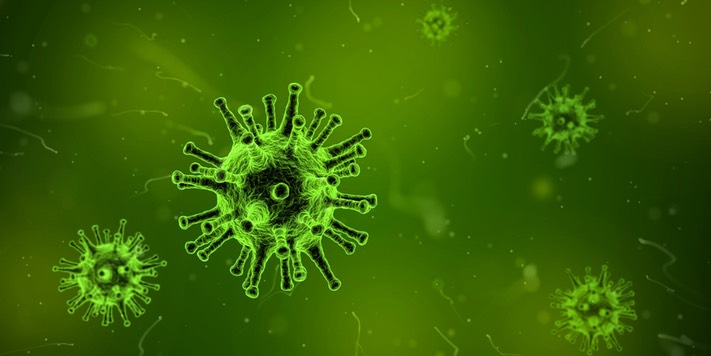Lipinski 2015, Viruses and Selenium: Possibly how to avoid the 2019 Novel Coronavirus (2019-nCoV)
RICHARD SEXTON, 2/9/20

The only people that can be infected by the 2019-n Coronavirus have less than 98.7 µg/L of Selenium in plasma or serum. Those who have enough Selenium are immune to this and all other enveloped viruses. Selenium can be obtained from Brazil nuts, Selenium pills or Astragalus tea.
This is why only some people get the flu and why others get it infrequently or never at all.
We only found this out in 2015 when Lipinski @ Harvard figured out why some people were immune to Ebola, a fact well documented in medical archives.
Possibly, two Brazil nuts a day will do it. - “According to the USDA, there is 96 µg of selenium per Brazil nut”, and beyond 300 µg could be toxic. So use common sense and moderation to avoid selenium toxicity.
Who would have thought nuts could be toxic! Selenium toxicity can occur with acute or chronic ingestion of excess selenium. The safe upper limit for selenium is 400 micrograms a day in adults.
It has also been noted: Selenium should not be used with vitamin C which can inactivate it.
Having a well balanced diet with lots of fruits and veggies, nuts, whole grains, water, contrast shower and following the 8 laws of health would be a more comprehensive approach. Click the red HERE below.
Don’t forget Vitamins C, D3, garlic and zinc (but NOT directly with selenium) All are great virus fighters!
Again use moderation. Check with your healthcare provider.
A great immune boosting presentation can be seen HERE!
"29 Jan 2015 - Liberia: Harvard Scientist Lipinski Claims Selenium Can Treat Ebola" https://allafrica.com/stories/201501291709.html
2015 Lipinski - Can Selenite Be An Ultimate Inhibitor Of Ebola And Other Viral Infections?
“It is known that the virulence of Ebola and other RNA enveloped viruses involves in the first step their attachment to host cell membranes. Following this initial step the virus enters the target cell cytoplasm by forming hydrophobic spikes that make holes in the membrane lipid bilayer. Formation of such spikes is catalyzed by the reduced form of viral protein disulfide isomerase (PDIred) thus initiating chain of disulfide exchange reactions. Consequently, hydrophobic protein epitopes become exposed, which in the absence of proper chaperones form hydrophobic ‘spikes’ capable of penetrating the host cell membranes.
In this communication evidence is discussed showing that the chain of disulfide exchange events can be inhibited by a small redox molecule – sodium selenite.
It is suggested that this inexpensive and readily available food supplement can be an ultimate inhibitor of Ebola and other enveloped viral infections.”
“other enveloped viral infections” - that’s pretty much all of them.